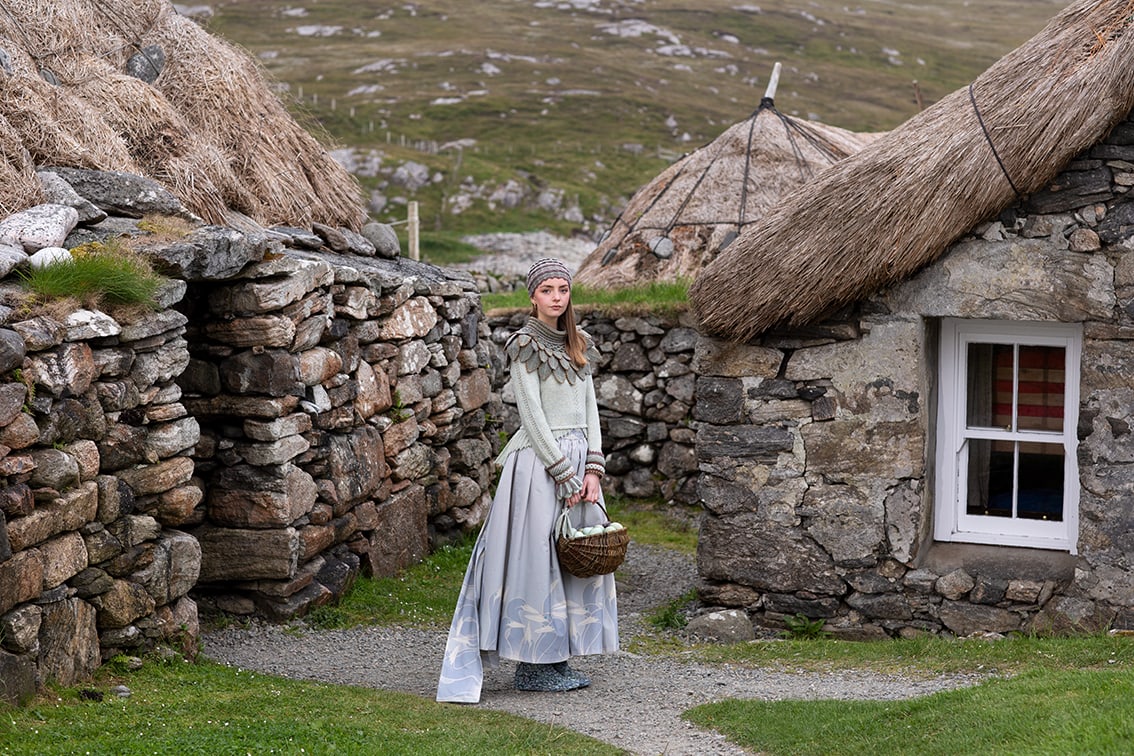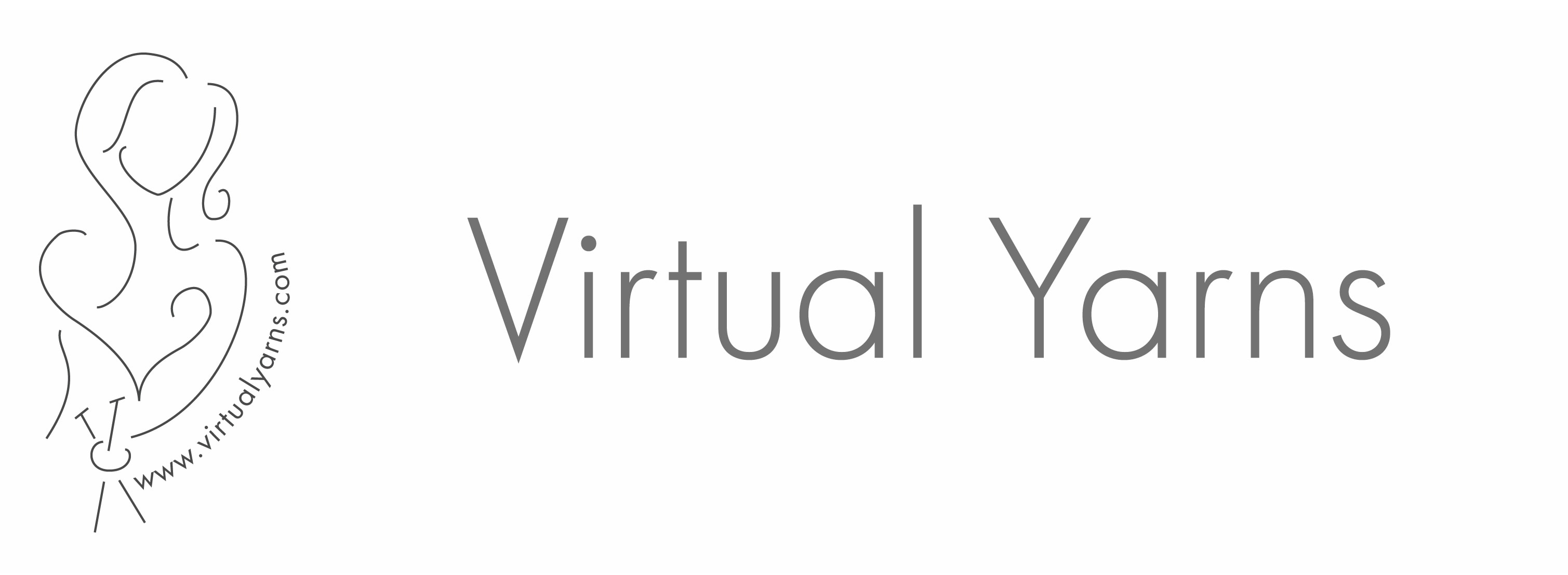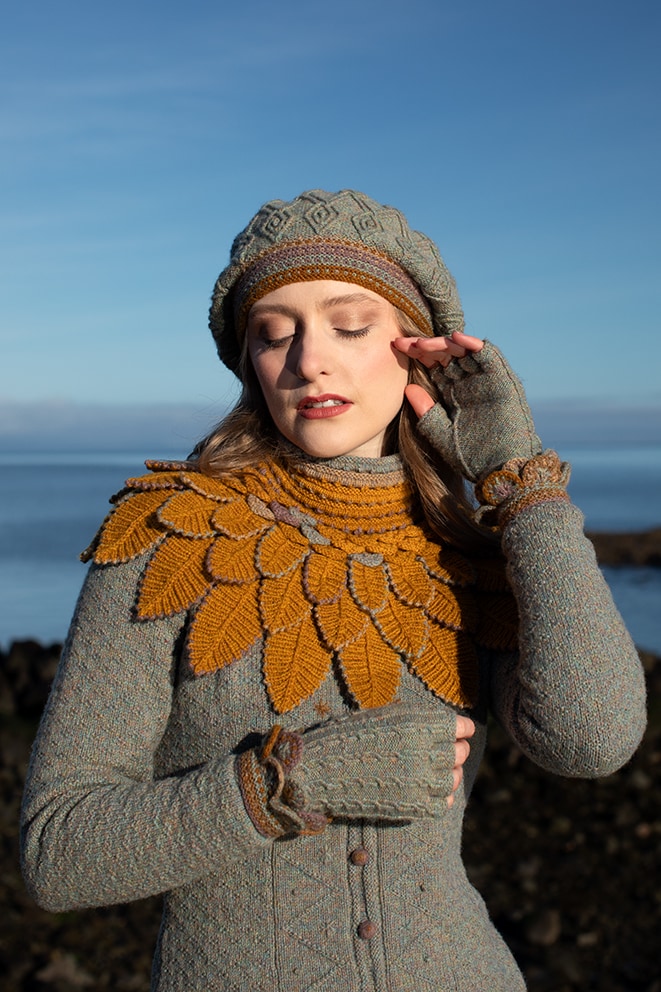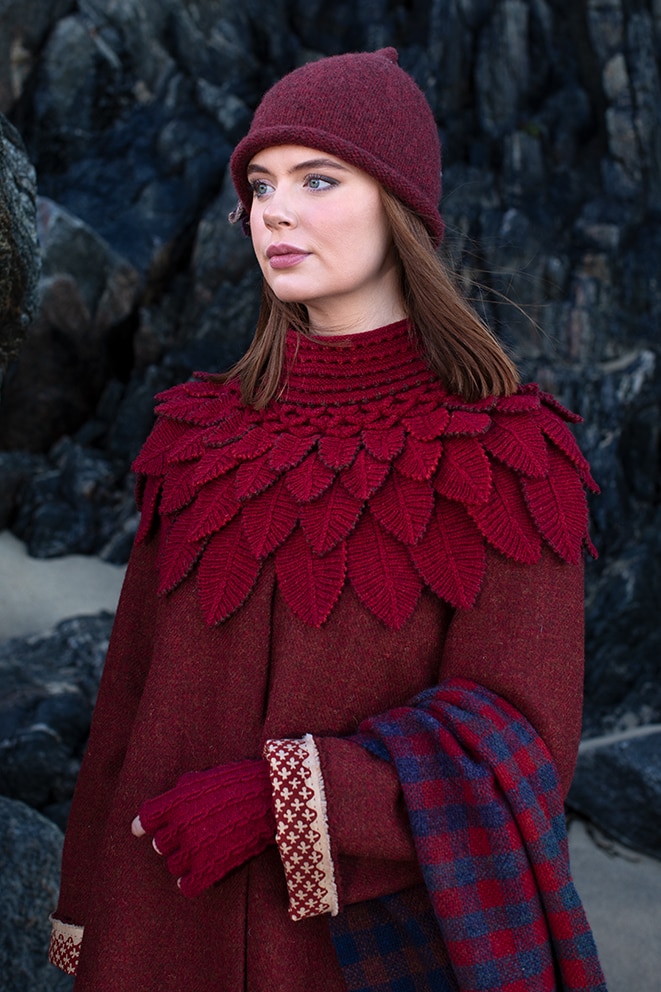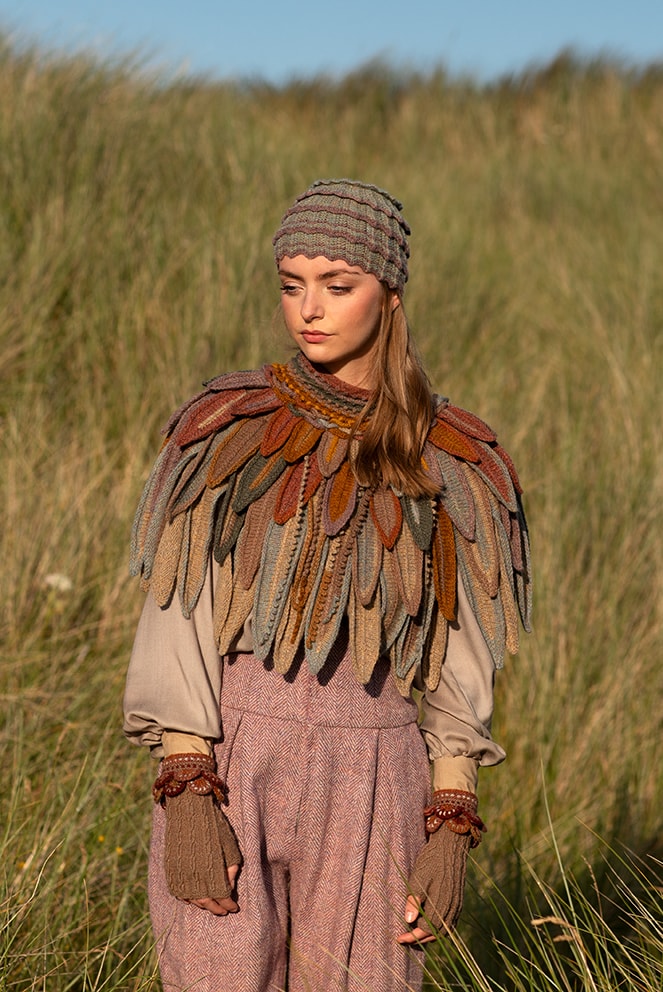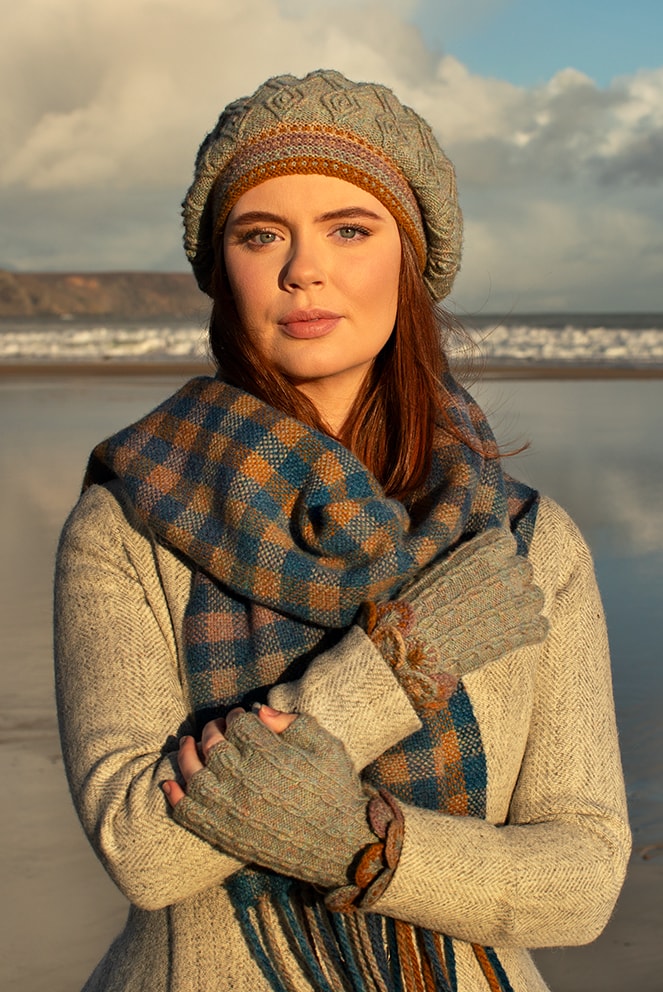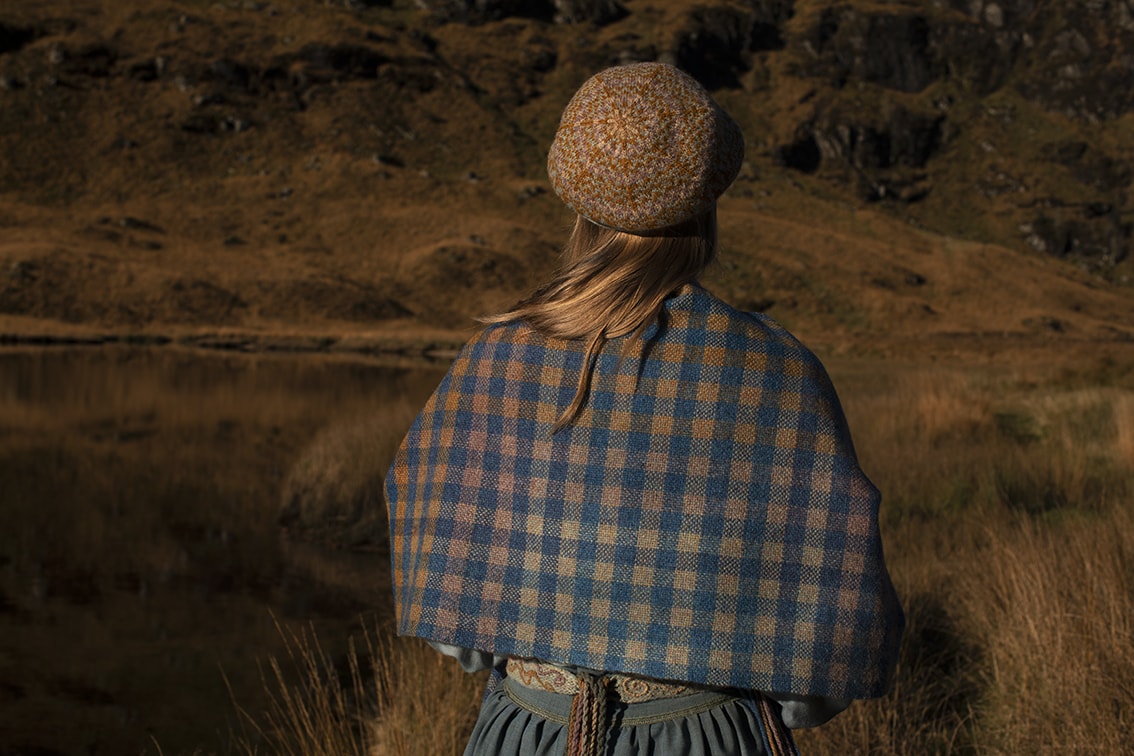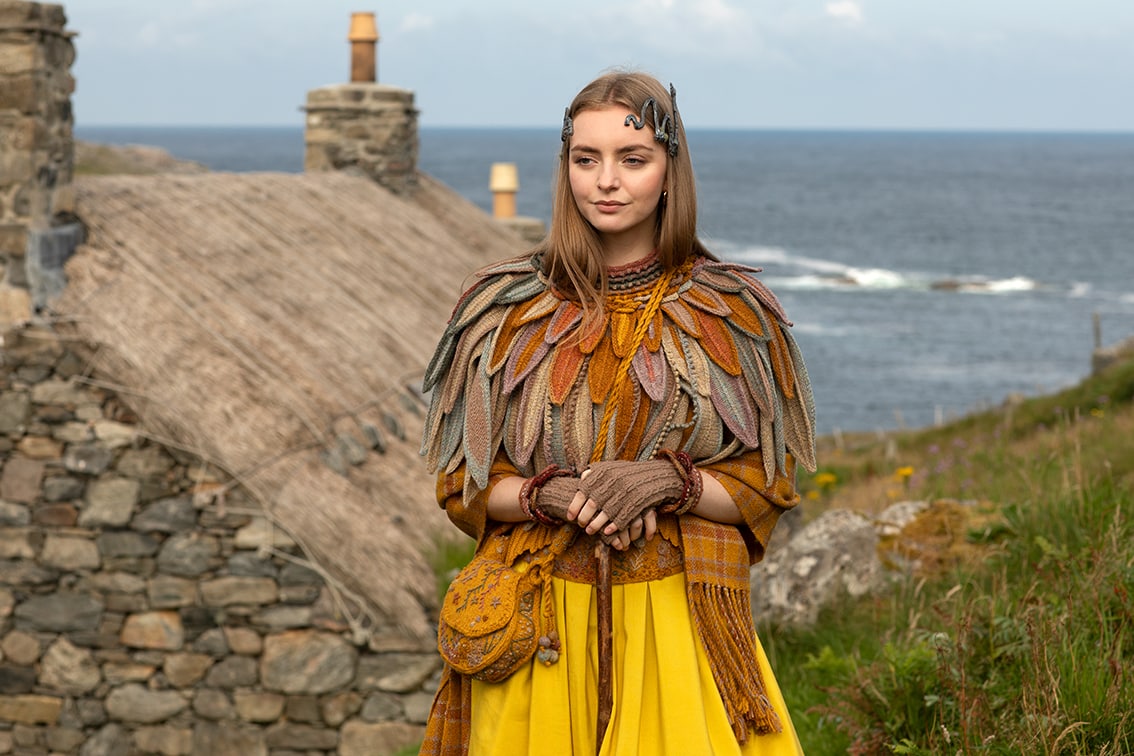
House of Feathers Designs
Human life on St Kilda depended on seabirds, which were not only a vital food source but a valuable commodity to be bartered. Feathers were of huge economic importance and from the 18th Century onwards they were harvested and sorted for export, constituting a major part of the rent paid to the landlord. Feathers were in great demand throughout the country and used for a wide variety of purposes, from bedding to a component in the making of golf balls. By the late 18th Century Taigh na Iteagan (The House of Feathers) or The Feather Store, as it is commonly referred to now, was the largest and most modern building on Hirta. It was situated at the shoreline so that the hundreds of sacks from the season’s harvest could be conveniently moved to a waiting ship for onward transport to the mainland. The harvest time began around the 12th of August of each year and lasted for between ten and twenty days. Fowling was undertaken by the men who usually worked in teams of four or six, depending on how many able bodies were available. The lower cliffs were scaled from boats, whilst the upper cliffs were harvested from above. The women and girls waited at the clifftops to receive the harvest from the upper shelves, which they draped around their shoulders and carried back to the village. When the day was over and the women and boats returned, the menfolk readied their ropes and fowling gear for the next day whilst the women got to work plucking the feathers and salting the birds, often working well into the night.The islanders frequently looked like birds themselves, covered from head to foot in plumage from their toil. The women also wore slippers made from the cushioned, feathered skins of gannet necks. This spectacular concept of flight-footed, feathered women poured fuel on my imaginative fires and so our House of Feathers collection will be redolent of knitted feathers in one form or another.The House of Feathers collection comprises the Raven Capelet, the Eagle Collar, the Ruabhal Hat Set and the Oiseabhal Wrap. These designs can be worn by themselves, or layered alongside the Queen of the Waves collection,
